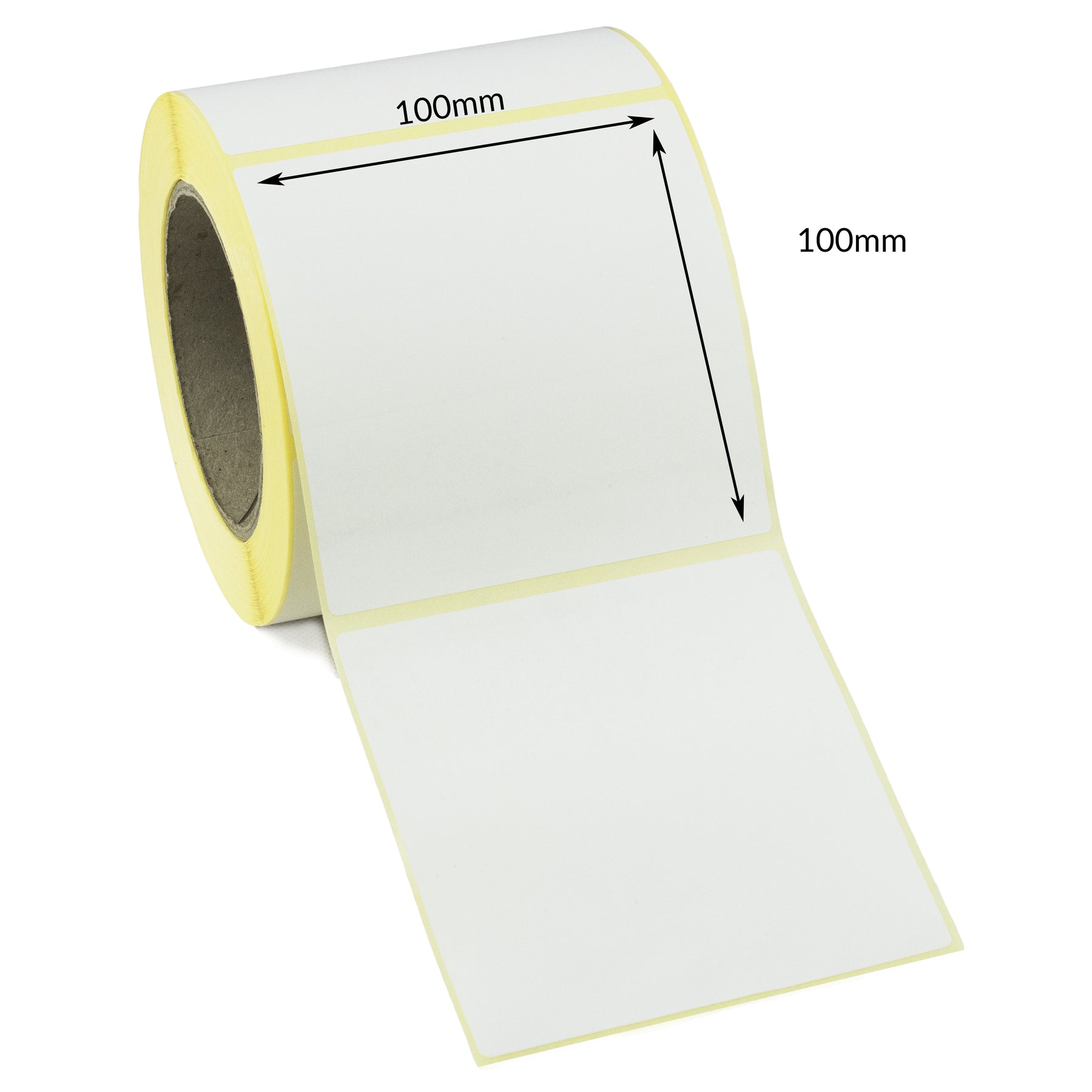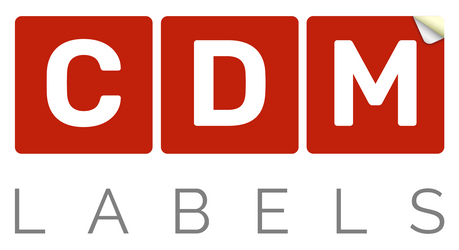
How do Thermal Labels Work?
Labels are crucial in various industries, serving as essential tools for identification, tracking, and branding. From shipping and logistics to retail and manufacturing, the right label can streamline operations and enhance efficiency. Among the numerous types of labels available, thermal labels stand out for their unique printing technology and diverse applications. In this blog, we will explore how thermal labels work and what sets them apart from regular labels.
What Are Thermal Labels?
Thermal labels are specialised labels created using thermal printing technology, which involves heat to produce images or text on the label material. There are two main types of thermal labels: direct thermal labels and thermal transfer labels.
Direct Thermal Labels
Direct thermal labels are made from a heat-sensitive material that changes colour when exposed to heat. This type of label does not require ink, toner, or ribbon. The thermal printer applies heat directly to the label, causing it to darken and form the desired image or text.
Thermal Transfer Labels
Thermal transfer labels, on the other hand, use a ribbon coated with ink. When the printer's thermal printhead heats the ribbon, the ink melts and transfers onto the label surface. This method is particularly suitable for creating durable and long-lasting labels.
How Do Thermal Labels Work?
Direct Thermal Labels
Direct thermal labels operate using a straightforward mechanism. The label material is coated with a chemical that reacts to heat. When the thermal printhead applies heat to specific areas of the label, the chemical reaction causes those areas to darken, creating an image or text. This process is ideal for short-term applications such as shipping labels or receipts, where the printed information does not need to last indefinitely.
Thermal Transfer Labels
The thermal transfer process involves a ribbon placed between the printhead and the label material. The printhead heats the ribbon, causing the ink to melt and adhere to the label. This method produces high-quality, durable prints that can withstand harsh environments and extended use, making it suitable for product labelling, barcodes, and asset tags.
Comparison with Regular Labels
Traditional Label Printing Methods
Regular labels are typically produced using inkjet or laser printing technologies. Inkjet printers use liquid ink sprayed onto the label surface, while laser printers use toner powder that is fused onto the label with heat. Both methods require consumables like ink cartridges or toner, which can add to the overall cost of label production.
Material Differences
Thermal labels and regular labels also differ in the materials used. Thermal labels are designed to react to heat for printing, while regular labels use materials that are compatible with inkjet or laser printers. This distinction impacts the durability, cost, and application suitability of the labels.
Advantages of Thermal Labels
Thermal labels offer several benefits over regular labels, making them a preferred choice in many industries:
- Cost-Effectiveness: Thermal printing eliminates the need for ink, toner, or ribbons (in the case of direct thermal labels), reducing consumable costs.
- Durability: Thermal transfer labels produce prints that are resistant to fading, smudging, and environmental factors, ensuring longevity.
- Clarity: Thermal printing delivers sharp, clear images and text, crucial for barcodes and detailed product information.
- Efficiency: Thermal printers are generally faster and more reliable, increasing productivity in high-demand environments.
Industry Applications
Industries such as logistics, healthcare, retail, and manufacturing often prefer thermal labels for their reliability and performance. For example, shipping labels require clear, scannable barcodes that can withstand handling and transportation, making direct thermal labels an ideal choice. Similarly, thermal transfer labels are favoured for product labelling in harsh environments due to their durability.
Applications of Thermal Labels
Thermal labels are versatile and find applications in various fields:
- Shipping Labels: Direct thermal labels are widely used for shipping and logistics due to their quick and efficient printing process.
- Product Labelling: Thermal transfer labels provide high-quality, durable prints for product identification and branding.
- Barcodes: Both types of thermal labels are commonly used for barcode printing, ensuring accurate and reliable scanning.
- Healthcare: Thermal labels are used for patient identification, specimen tracking, and pharmacy labelling, where clear and durable prints are essential.
Thermal labels offer a range of advantages over regular labels, including cost savings, durability, and print clarity. Their unique printing technology makes them suitable for various applications, from shipping and logistics to product labelling and healthcare. If you're considering thermal labels for your labelling needs, contact Solar Co. for more information and expert guidance. Thermal labels could be the solution to enhance efficiency and reliability in your operations.

